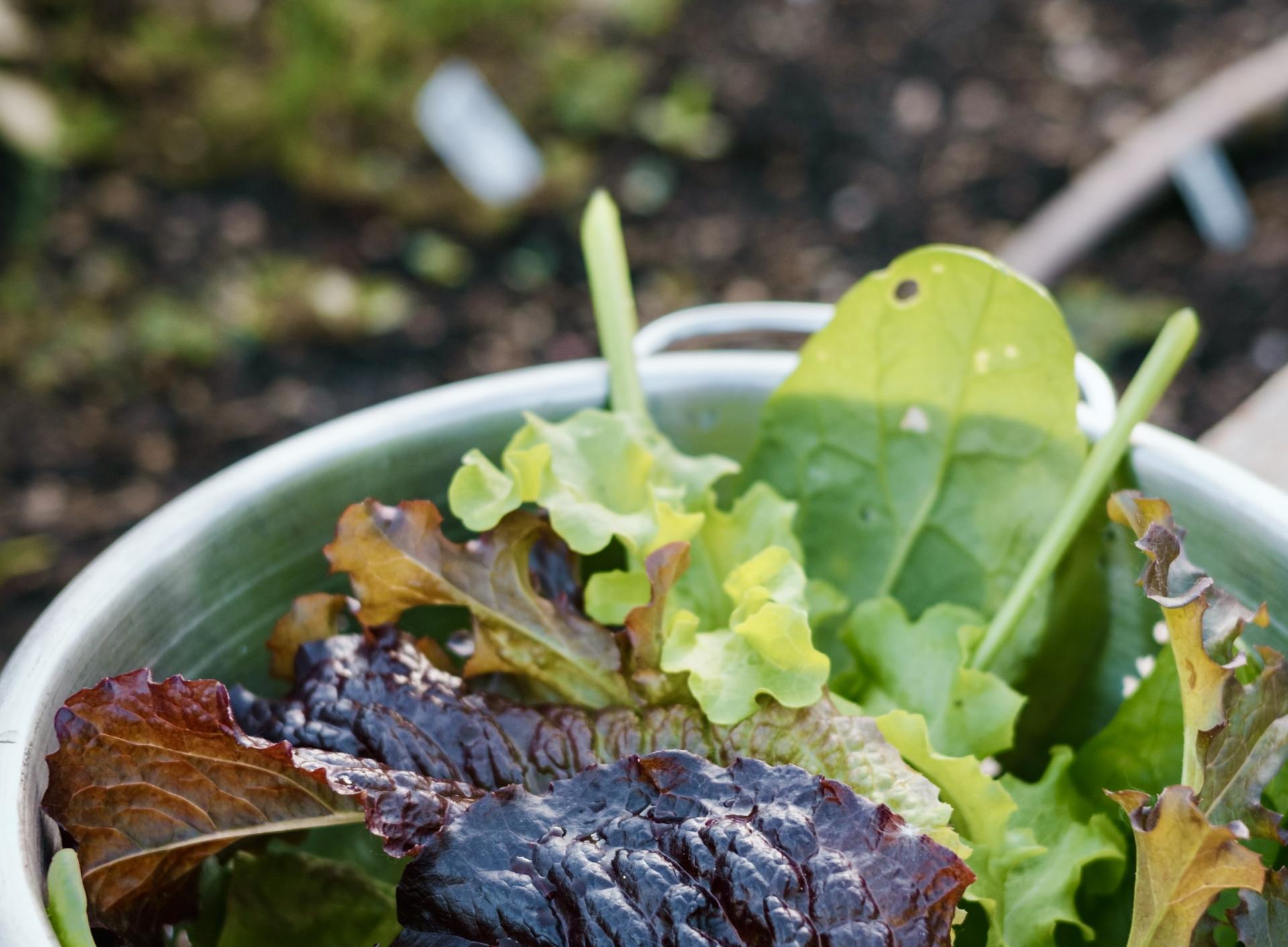You are here
Gardeners Checklist: Here Is What to Do on This Second Week of May
Gardeners Checklist: Here Is What to Do on This Second Week of May
By Ron Kujawski
• Harvest some outer leaves from spinach, leaf lettuce, radicchio, mustard greens, escarole, common endive, arugula, and other leafy greens when the plants have about four leaves. Of course the plants are still quite small. That’s OK. You’re not sacrificing entire plants, just a few leaves. Leave the crowns of greens intact and they’ll continue to produce. Folks with an educated palate prefer the flavor of small, tender greens to larger, older leaves. My palate flunked first grade, but I still enjoy young leafy greens.
• Keep leafy greens well watered. Most leafy greens grow best in cool weather but tend to bolt (go to seed) when days get long and hot. Well-watered plants are slower to bolt and also lack the bitter taste that drought-stressed greens typically develop.
• Thin radish seedlings. Roots of crowded radishes may not develop fully. Most radish varieties mature in about 28 days, so pay attention to them. If not harvested at their peak, the edible roots will become fibrous and tough.
• Snip chives frequently as this will encourage vigorous growth. To discourage chives from going dormant in hot weather, cut off the flowers when the plants begin to bloom. The flowers are edible and can be used in salads. My wife puts chive flowers into a jar of white wine vinegar to make chive vinegar.
• Be patient! Wait until next week to sow seeds of sweet corn and bush beans in the garden. If patience is not one of your virtues, place a row cover over the seeded areas. The row cover will hasten seed germination and protect emerging seedlings should there be a late frost.
One of the worst situations for flower gardens is soil that’s rocky, sandy and dry. In gardening books, this is typically referred to as “poor” soil. In my book, it’s crappy soil. It would seem difficult to find herbaceous perennials that could survive much less thrive in this soil, especially if the plants are exposed to full sun. In truth, there are many options. Sedums, low growing Dianthus and any plant identified as suitable for rock or alpine gardens are good choices. However, among my favorites are three related plants that surprisingly belong to the cabbage family. These are rock cress (Arabis), basket of gold (Aurinia saxatilis), and wall rock cress (Aubrieta). All of these like a sunny location with crappy soil prone to drought. They are low growing and produce masses of flowers in mid to late spring. As long as they are growing in sun and in dry soil, they are trouble free. About the only maintenance required is shearing back of the stems by a third to one half after the plants have completed their bloom.
Ron Kujawski began gardening at an early age on his family's onion farm in upstate New York. Although now retired, he spent most of his career teaching at the UMass Extension Service. He serves on Berkshire Botanical Garden’s Horticulture Advisory Committee. His book, Week-by-Week Vegetable Gardener’s Handbook, is available here.
Help Our Garden Grow!
Your donation helps us to educate and inspire visitors of all ages on the art and science of gardening and the preservation of our environment.
All Donations are 100 percent tax deductible.


